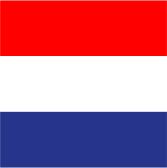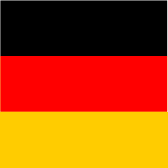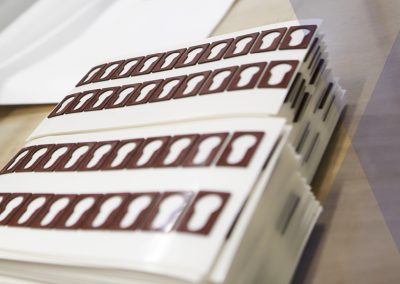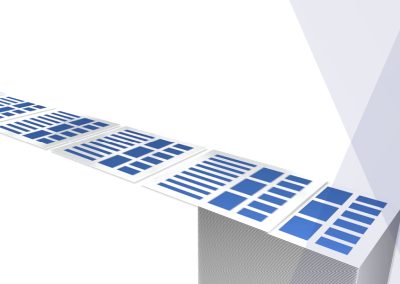Tapir processing techniques
Die cutting
A flat punch is characterized by an upright movement. There are two types of punching shapes for rotary punching: A tin punch and a full-tool punch, each with its own maximum workable height.
Die-cutting techniques
We distinguish two types of punching techniques: Kiss-cutting or half-cutting is a method of cutting into a material in which only the upper layers are pierced. The term ‘kiss’ refers to the way the blade strikes the top layers of the material leaving a pattern or cut with enough force to leave an impression, but not cut through the bottom layer (liner). A through and through punch, on the other hand, cuts through all layers of the material.
Choice of die cutting method
The choice of die-cutting method is determined by many factors; The size of the desired product, the thickness of the material and the print run, of course. Costs also play a role, because a cylinder for a rotary punch is more expensive than a knife for a flat punch, but a rotary punch can give much more output per hour than a flat punch.
Specifications flat punch
- Work surface maximum 580 x 580 mm.
- Not limited in thickness. (Even 10 mm EPDM or foam with a thickness of 40, 50, 60 mm can be processed.)
Specification die-cutting
- Maximum working width 380 mm.
- Maximum exit length is 600 mm.
- Tin punch workable height maximum 1 mm.
- Full tool punch, maximum workable height 8 mm.


Questions?
Would you like more information about die cutting tape?
Contact our experts:
+31 591 390 059 / info@tapir.nl








